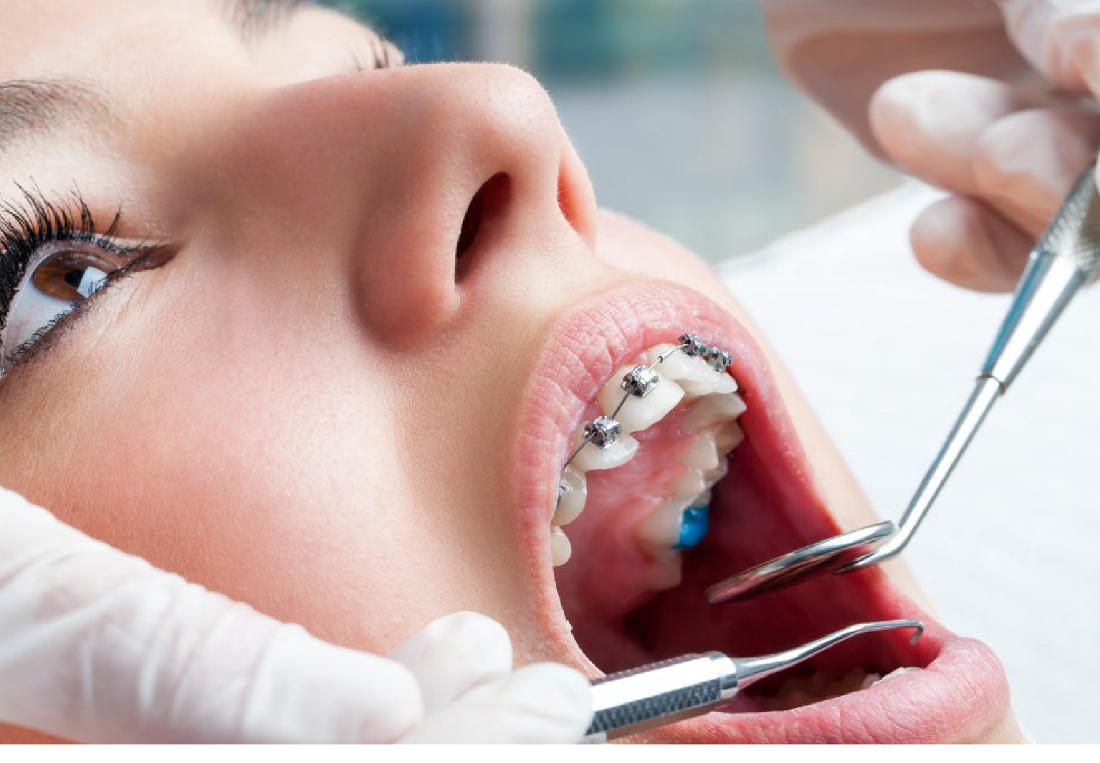Very often prospective orthodontic patients, when scheduling their first diagnostic orthodontic examination session, are informed by the orthodontist of their choice that two x-rays, one panoramic and one lateral cephalometric, will be needed for this first appointment. Those are called medical scanning tests and contribute orthodontics.
The panoramic x-ray of teeth is an integral part of orthodontic treatment. With its use, the orthodontist:
- Assesses the position of the baby and permanent teeth.
- Determines the existence of mesiodens, supernumerary, closed or congenitally missing teeth.
- Studies the temporomandibular joint for the existence of any anatomical variations that may lead to dysfunction.
- Determines the dental age of young children in the mixed dentition.
- Recognises the existence of periodontal diseases (periodontal gum disease) as well as diseases of the hard dental tissues (dental decay).
The cephalometric x-ray is an x-ray which is traced by the orthodontist, in order to measure angles, levels, the size of the upper and lower jaw, as well as the relationship between them. It provides important information to the orthodontist in cases where orthodontic patients present – in addition to dental problems (e.g. crowding of teeth) – and skeletal problems (e.g. mandibular prognathism), helping him to determine the alternative treatment plans and orthodontic mechanisms that will use to solve them.
In recent years, an important diagnostic tool, without the inherent limitations of two-dimensional imaging (magnification, distortion, overlap of anatomical structures), is widely used in the evaluation of the orthodontic patient. Cone beam computed tomography, also known as Dental Scan or CBCT, provides the doctor with a three-dimensional image of the area, while in the panoramic radiograph the image of the area to be examined is two-dimensional. The technique is designed to image only the hard tissues of the visceral skull.
Modern CT scanners can scan with patients standing, sitting or supine. The imaging fields are usually classified into three categories – small, medium and large – their size is not directly related to the dose absorbed by the patient. In orthodontics, CBCT greatly facilitates the identification of embedded teeth by their roots and their relationship to adjacent teeth or anatomical structures. In cases where surgical extraction of mandibular third molars is required, CBCT accurately determines the relationship of their apices to the mandibular alveolar nerve.
In summary, medical scanning tests are extremely valuable for orthodontics due to the fact that they lead to a correct diagnosis and an appropriate choice of treatment plan, always combined with a clinical examination. At Great Smile orthodontic clinic we are able to provide orthodontic solutions according to your special needs!

